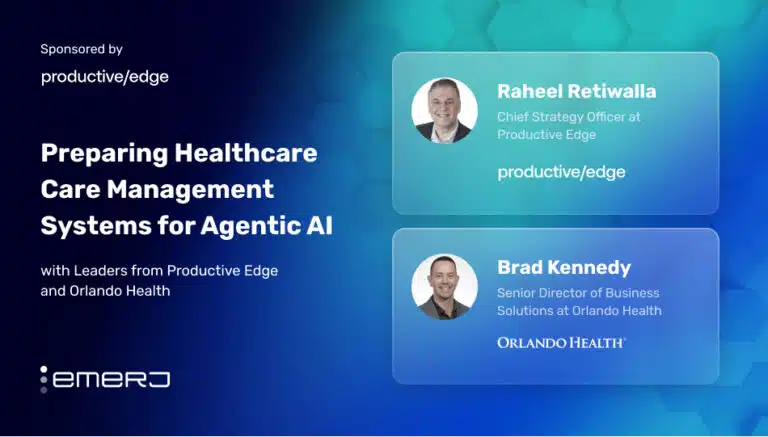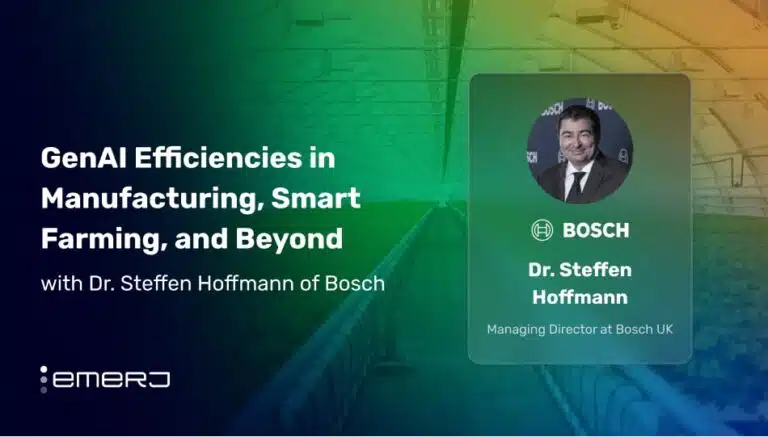Capital One, founded in 1994 and headquartered in McLean, Virginia, has become a prominent player in the financial services sector, mainly known for its credit card offerings, auto loans, banking, and savings accounts. With operations primarily spanning the United States, the company boasts a workforce of approximately 52,000 employees. As a technology-focused financial institution, Capital One is dedicated to leveraging cutting-edge innovations to enhance customer experience and streamline operations.
Capital One’s mission is “to bring ingenuity, simplicity, and humanity to banking.” Via the Applied AI Research program, Capital One is applying data and AI to understand customers’ needs, goals, and pain points in order to deliver the right help at the right time and scale for over 100 million customers.
As of 2024, Capital One trades on the NYSE with a market cap of approximately $52 billion. For the fiscal year ending on December 31, 2023, Capital One generated $36.8 billion in net revenue, as reported in its Fourth Quarter 2023 Press Release.
This article will examine how Capital One is applying AI and ML technologies to enhance its operations through two mature use cases:
- A virtual assistant to manage finances: Utilizing a custom natural language processing technology to facilitate complex banking interactions via a user-friendly chatbot without the need for end-user financial literacy.
- Real-time fraud prevention and detection: Detecting and preventing fraud with interactive alerts and using advanced algorithms and both structured and unstructured data to address trends and reduce false positives quickly.
We will begin by analyzing how Capital One utilizes its AI-driven virtual assistant to improve customer interactions and financial accessibility.
Virtual Assistant to Manage Finances
Capital One’s virtual assistant, Eno, empowers users to manage their finances without the need to learn finance and banking terms. Using a natural language processor, Eno can understand customers’ behavioral patterns surrounding texting about their money and respond in kind with easy-to-understand texts and chat replies.
Eno integrates the following quirks of human interactions when helping customers:
- Slang – e.g. “yep,” “nah,” “yah”
- Emojis – e.g. “????,” “????,” “????”
- Misspellings – e.g., “yed” (instead of yes)
- Synonyms – e.g., “activate,” “turn on card,” “make my card work.”
- Abbreviations – e.g., “pymt,” “acct #,” “blnc”
 Visualization of user prompts for Eno (Source: Capital One)
Visualization of user prompts for Eno (Source: Capital One)
In order to accommodate all levels of financial literacy as well as various demographics of customers and styles of speech and interaction, Capital One decided to build its own natural language processing (NLP) technology. According to Margaret Mayer, MVP of Software Engineering at Capital One, the engineers employed a three-step training process:
- Used an unsupervised machine learning technique to pre-train Eno on word similarities & meanings with chat log data
- Used a supervised machine learning model to train Eno to understand 10,000+ customer phrases using labeled data
- Additional supervised learning is applied to new phrases so Eno learns
Due to advances in convolutional neural networks (CNN) and extended short-term memory networks (LSTM), the team was able to launch Eno in less than three months. Each new interaction also adds to the language database, so it’s constantly improving through machine learning.
Customers can use Eno to do things like:
- Quickly and easily check account balances and make payments
- Activate a new debit card through the app
- Generate virtual credit cards to make online shopping safer
Due to advances in convolutional neural networks (CNN) and extended short-term memory networks (LSTM), the team was able to launch Eno in less than three months. Each new interaction also adds to the language database, so it’s constantly improving through machine learning.
As Mayer sums up, “People don’t talk like machines do. […] With Eno, we’ve worked hard to create a chatbot that goes above and beyond performing simple banking tasks. Texting with Eno is like texting with a friend. Customers can communicate naturally and conversationally — and don’t have to adapt to a machine’s way of talking in binary code. […] Ultimately, that’s what my team and I want to do: create technology solutions to make people’s lives easier.”
With the launch of Eno being a resounding success – such that 14% of customer interactions are just for fun and not even related to banking – Capital One has continued investing research and development into the program.
As Eno evolves, it is increasingly proactive rather than reactive. Eno can now help with tasks such as automatically alerting when a free trial will end, monitoring bills and tracking changes (e.g., your water bill was $70 higher this month), and explaining card declines and alerts on potential fraud, which we explore more in the next section.
Real-time Fraud Prevention and Detection
Capital One is capable of analyzing vast amounts of data to prevent and detect fraud in real-time via a wide range of machine learning tools and frameworks, including TensorFlow on Amazon Web Services (AWS). By harnessing extensive data, history, and sophisticated algorithms, Capital One is transforming its fraud management approach and customer experiences through the power of machine learning.
When suspicious activities are identified, the system automatically alerts customers, guides them through the fraud reporting process, assists in locking their card and ordering a new one, and provides a temporary card to ensure uninterrupted access to their funds.
Using Machine Learning to Fight Fraud | Capital One Tech
How Capital One is “Using Machine Learning to Fight Fraud“ (Source: Capital One Tech)
While it’s great when the system works as intended to detect fraud, preventing a legitimate transaction from going through can create the opposite problem. False positives can provide negative customer experiences and potentially even loss of accounts.
As Dr. Nitzan Mekel-Bobrov, Managing Vice President of Machine Learning at Capital One, notes, “With machine learning, we’re protecting our customers by preventing fraud. But at the same time, it’s a situation where there are two sides of the same coin. On the one hand, this is an essential component of our defensive strategy. On the other hand, it’s preventing customers from having a negative experience where they’re being declined when they shouldn’t be. It’s helping us be protective, but not overprotective.”
Most fraud professionals can agree that financial crime moves fast and costs the economy billions. That’s why Capital One utilizes AWS cloud technology to deploy a range of software and machine learning tools rapidly. These systems allow them to meet the demands of an ever-evolving threat in a highly regulated industry while protecting customers and their data.
According to Anand Trivedi, a Harvard Researcher, “Capital One’s ML team created an inference engine by integrating […] siloed datasets from different monitoring tools and linking [them] with appropriate metadata to help engineers identify […] failed components [and their reasons]. This enabled them to reduce the turnaround time for resolving incidents by up to 50%, thereby giving Capital One a major competitive advantage.“ Automation at Capital One through these developments translates to less downtime for customers and reduces dependencies on personnel with specific expertise.
Another critical outcome involved replacing the first-in, first-out investigative process with a risk-based approach, as seen in the diagram below:
 Image cropped from the essay “Capital One: Transforming traditional banking to an AI-first experience”. (Source: Harvard)
Image cropped from the essay “Capital One: Transforming traditional banking to an AI-first experience”. (Source: Harvard)
Not only did this approach lead to better investigation outcomes, but Capital One also took it a step further by employing an anti-money laundering team from five different countries to train the model. This approach, along with “monthly model monitoring, strict QA standards, and cross-testing are used to continually improve its performance and stability.“


















